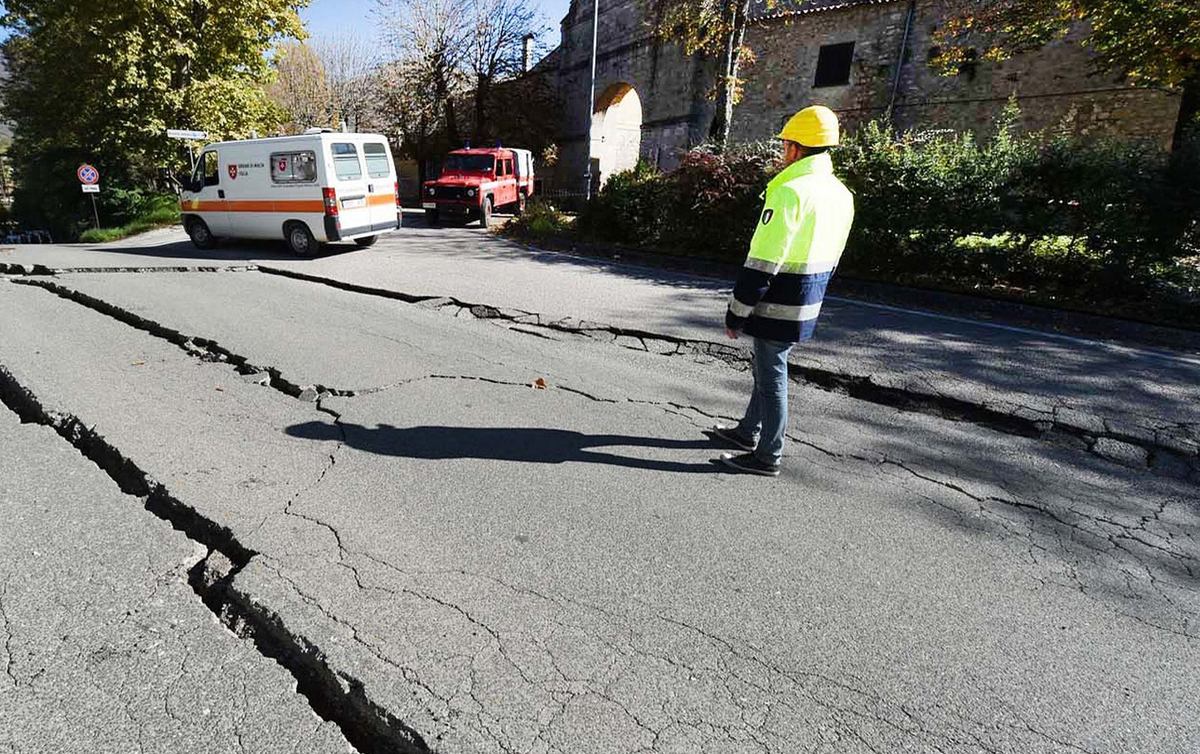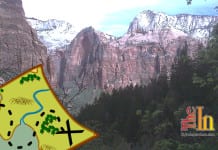 By Teresa Hunsaker
By Teresa Hunsaker
With the sobering news of recent natural disasters around the world, many people are wondering how they would respond during and after such traumatic events.
What emergency preparations have you made? What would you do in a tornado? What would you do in an earthquake? Do you have sufficient supplies to shelter in place if you were able to stay in your home but had limited (or no) power and water?
As we know, the greater part of the state’s population lives along the Wasatch fault line, a very likely place for serious damage in an earthquake. Earthquakes can happen at any time of the year and occur without warning, and they usually last less than one minute. Aftershocks following the initial earthquake may occur for hours, days, or even months. Earthquakes cannot be predicted, although scientists are working on it. This leaves hundreds to thousands of people affected who are relying on each other and their own preparations.
Here are earthquake preparations to consider:
—Secure large household items that could fall or move. This includes things like bookcases, flat screen TVs, large mirrors or pictures with glass, water heaters, and any other large items that could fall and cause injury or damage.
—Consider moving beds or sofas away from windows.
—Have important supplies and documents in a safe and easy-to-locate area.
—Be sure to address and plan for any special needs of those in your household, including young children, elderly, pets, those with medical concerns or disabilities, etc.
—Give careful consideration to how you are going to communicate with your family after a disaster. Ideas for family emergency communication plans can be found at beready.utah.gov.
—Practice, practice, practice. Practice using your communication plan. Practice reacting quickly to gather needed items. Practice the guideline to drop, cover, and hold on: drop to the ground, cover your head and neck with one hand, and get under a desk or table. Then hold on to the desk or table leg with the other hand so it will keep you covered.
—Be aware of guidelines issued from the Utah Seismic Safety Commission in 2015, found at beready.utah.gov: “The Utah Seismic Safety Commission (USSC) is aware of emails questioning the earthquake safety procedure ‘duck, cover, and hold on.’ These emails recommend an alternative approach of looking for triangular void spaces during an earthquake (termed the ‘Triangle of Life’). However, the USSC advises that the duck, cover, and hold on procedure is the most appropriate and tested method for avoiding injury and death from falling objects in homes, schools, and businesses. … Taking cover under sturdy furniture, such as a desk or table, will greatly reduce the possibility of injury or death.”
If you find yourself in an earthquake and are inside a building, these are things to do:
—Drop, cover, and hold on.
—Crawl away from windows.
—Stay where you are until the shaking stops.
If you are outside when an earthquake hits, these are things to do:
—Move away from buildings, streetlights, and overhead wires. Once out in the open, drop, cover, and hold on.
—If you are driving, bring the car to a stop as quickly and safely as you can, and stay in the vehicle. Again, keep in mind there may be buildings, trees, and overhead utility wires to watch out for.
While we may not be able to predict where and when an earthquake might hit, if we make preparations now, we will be able to help ease the trauma to ourselves and those around us.
For additional information and more detailed checklists, visit the Red Cross website at redcross.org or the Federal Emergency Management Agency at fema.gov.
Teresa Hunsaker is a Utah State University Extension family and consumer sciences educator.



